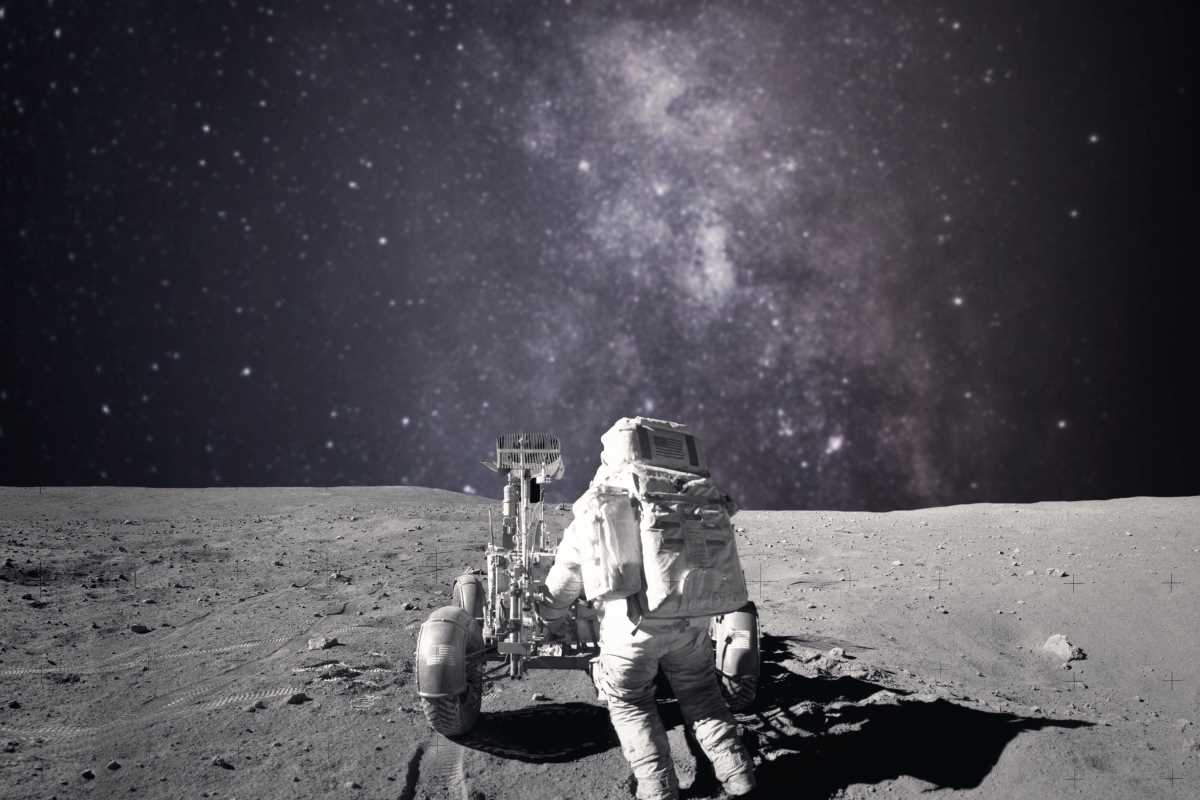History is not static. As time passes, new perspectives, discoveries, and movements push us to reexamine the narratives we've long believed to be complete. In 2025, the effort to illuminate untold stories is at the forefront of academic and social discussion. Overlooked voices are being brought into the light, giving us a deeper and more inclusive understanding of our shared past.
From marginalized communities and hidden contributions to groundbreaking archeological findings, here’s a deeper look at the untold stories now captivating history circles.
1. The Stories of Marginalized Voices
For centuries, large swathes of history were written by and about the powerful, often ignoring the lived experiences of marginalized groups. But the tide is turning, with researchers and historians intentionally centering these overlooked perspectives.
Indigenous Histories Finding Their Place
Globally, there’s a focused effort to integrate Indigenous narratives into mainstream history. For instance, recent work on the Haudenosaunee Confederacy (Iroquois Confederacy) has emphasized how their sophisticated governance models influenced early American democratic principles. Academic texts in 2025 increasingly highlight Indigenous technologies, trade routes, and environmental stewardship practices that predate colonization.
Another profound example is the rediscovery of Hitoshi Kuwayama’s early 20th-century photographs in Japan. Taken by an Ainu man, these images provide a rare glimpse into the daily life and culture of an Indigenous people whose existence was historically erased in official narratives.
Why It Matters:
These untold Indigenous stories add depth to history, challenging the Eurocentric lens that has long dominated education and scholarship. Beyond honoring the past, such stories foster understanding and preserve cultural identity.
Voices from Slave Communities
Historians are uncovering new details about the resilience and ingenuity of enslaved communities in the Americas. For example, previously overlooked letters and personal journals written by enslaved individuals have revealed intricate personal philosophies, hopes, and strategies to subvert oppression. The story of Ona Judge, an enslaved woman who escaped from George Washington's estate, is finally being recognized as a tale of unparalleled bravery, inspiring books and documentaries in 2025.
How We’re Learning More:
Advances in digital archiving are digitizing records once thought inaccessible, such as plantation rosters and legal transcripts. These tools make it easier to piece together nuanced stories that were previously fragmented and ignored.
2. Spotlighting Women’s Hidden Contributions
History has often relegated women’s achievements to the margins, but today, these contributions are being studied and celebrated like never before.
Reconstructing Women’s Roles in Science
One of the most exciting movements in 2025 focuses on uncovering the scientific contributions of women, many of whom were left uncredited during their lifetimes. Researchers now credit Alice Augusta Ball, an African American chemist, with pivotal advancements in leprosy treatment during the early 1900s. Her story, long overshadowed, is now being taught in chemistry courses alongside other groundbreaking figures.
Women in Ancient Cultures
Archeologists are also challenging long-held assumptions about women’s roles in ancient civilizations. Recent findings suggest that Viking women held significant military leadership positions, overturning the common belief that they were solely homemakers. Sophisticated weaponry found in female Viking gravesites has sparked academic debates on gender roles within Norse societies.
Cultural Renaissance Movements
Historical studies in 2025 celebrate the Women Writers Renaissance, a global push to analyze writings from women during moments of major upheaval, such as the First World War. Figures like Rosa Manus, a Dutch suffragist and author whose archives have recently been rediscovered, are finally being recognized for their activism in shaping international dialogue on peace and equality.
Why This Shift Matters:
By spotlighting women’s achievements and leadership across centuries, society gains a fuller and richer understanding of history’s collective narrative, creating a more balanced framework for modern conversations about equality.
3. The Power of Newly Uncovered Artifacts and Documents
Technological advancements and systematic preservation efforts are making it easier than ever to uncover hidden pieces of history. These discoveries are rewriting chapters we thought we knew.
Roman History Unearthed in England
Earlier this year, archeologists in southern England uncovered one of the largest Roman mosaics in decades, depicting scenes from Homer’s The Iliad. This discovery provides valuable insights into the cultural integration of Roman and early British societies, sparking new theories about how myths and stories were shared between civilizations.
Personal Diaries from World War II
Digitization projects in Europe have surfaced numerous private diaries of individuals who lived through the chaos of World War II but whose stories never reached public discourse. One such diary, authored by a Polish nurse tending to Jewish refugees, offers profound insights into civilian-organized resistance networks. These revelations add depth to the previously centralized narratives focused solely on military strategy.
Lost Cities Rediscovered
Technology like LiDAR (Light Detection and Ranging) has been instrumental in rediscovering ancient cities previously hidden beneath dense forests. For instance, a Mayan city in Guatemala, rich with pyramids, marketplaces, and canal systems, was recently mapped in staggering detail. These findings are reigniting global interest in the architectural and engineering prowess of ancient societies.
Impact of These Discoveries:
By filling historical gaps, newly uncovered artifacts and documents challenge oversimplified narratives and present a richer view of the past’s complexity.
4. Cultural Heritage Reclamation and Return
Cultural artifacts scattered during colonial periods are being repatriated in record numbers, sparking renewed excitement about their significance.
The Push for Repatriation
Governments and institutions worldwide are working together to return looted art, manuscripts, and sacred artifacts to their countries of origin. For example, in 2025, the Benin Bronzes are finally being returned to Nigeria from British museums after decades of advocacy campaigns. These works serve not just as cultural treasures but as physical embodiments of national pride and identity.
Such returns have also sparked fresh interest in the originals’ stories. Historians are now connecting these artifacts to oral histories, highlighting links that were historically severed through colonization.
What It Means for History Studies
Repatriation goes beyond restoring ownership; it reopens avenues to explore how these objects fit into rituals, social roles, and the broader cultural landscape from which they were taken.
5. Amplifying Overlooked Revolutionary Movements
Major historical events often overshadow smaller but equally significant revolutionary movements that shaped societies worldwide.
Afro-Caribbean Revolutions
The Haitian Revolution’s achievements are relatively well-studied, but lesser-known uprisings across the Caribbean are gaining attention. For example, historians in 2025 are revisiting the Demerara Rebellion of 1823 in Guyana, focusing on how enslaved individuals coordinated one of the largest uprisings in the British colonies. This deeper look emphasizes resilience and strategies for organizing under brutal oppression.
Asian Anti-Colonial Resistance
Similarly, struggles in Southeast Asia against colonial powers now occupy a prominent place in history curricula. The Kohima Resistance during World War II, led by the Naga tribe in northeast India, is being reframed as an act of Indigenous defiance and significant cultural preservation.
Educational Shifts:
By placing these movements in a global context, educators are emphasizing interconnected struggles for freedom, showing how oppressed peoples learned from and inspired each other.
 (Image via
(Image via





